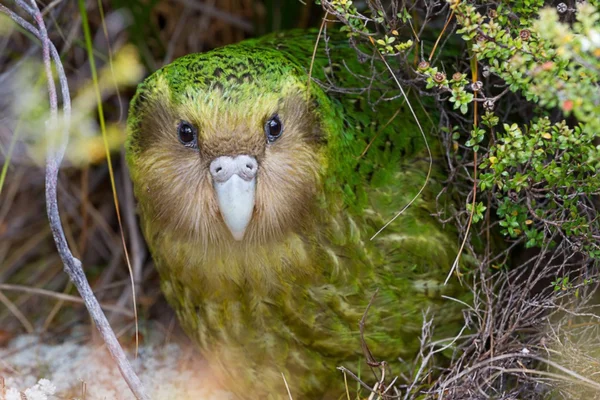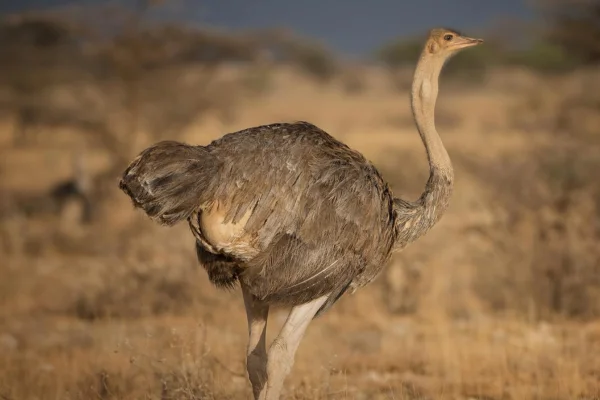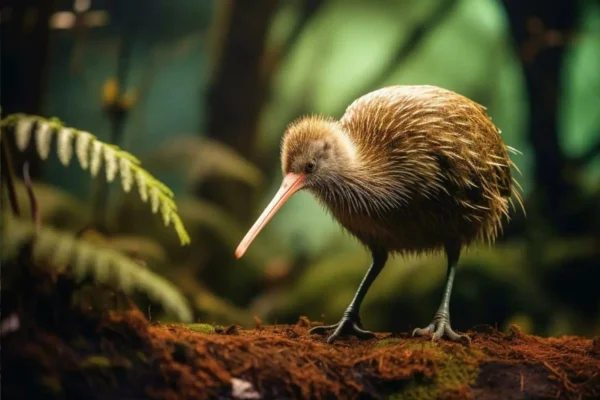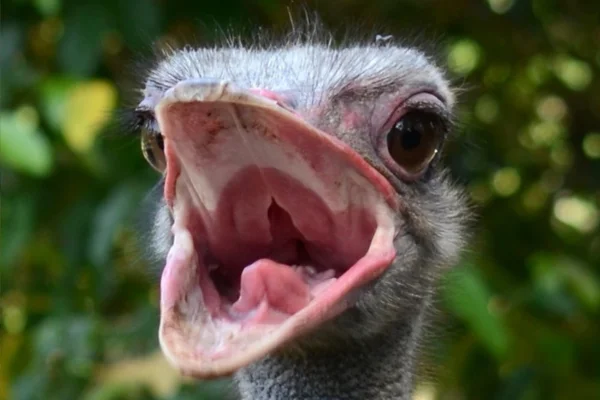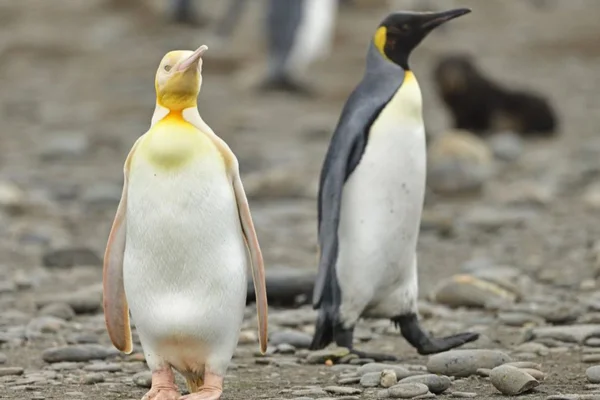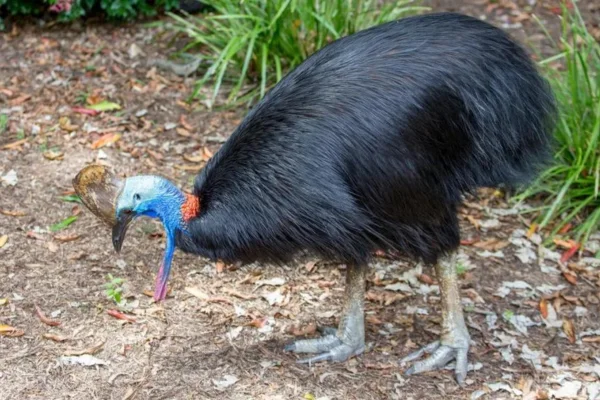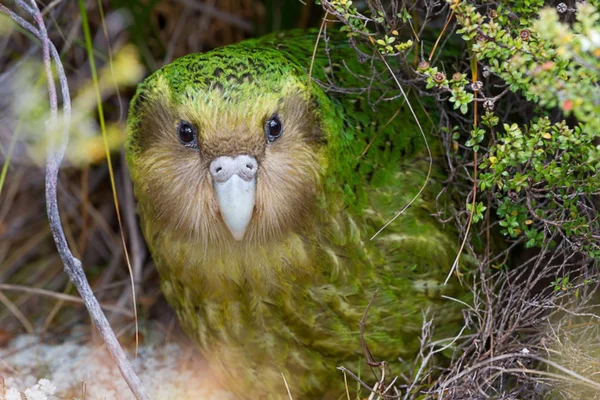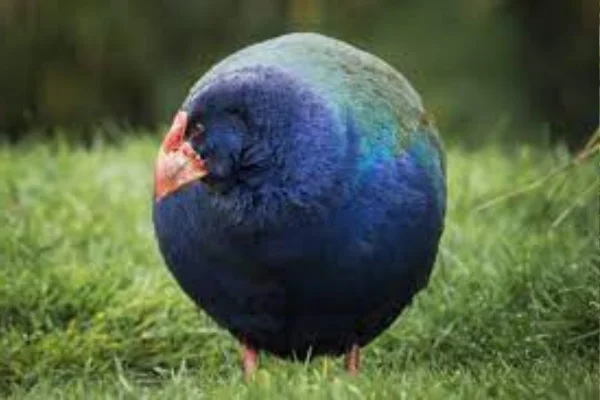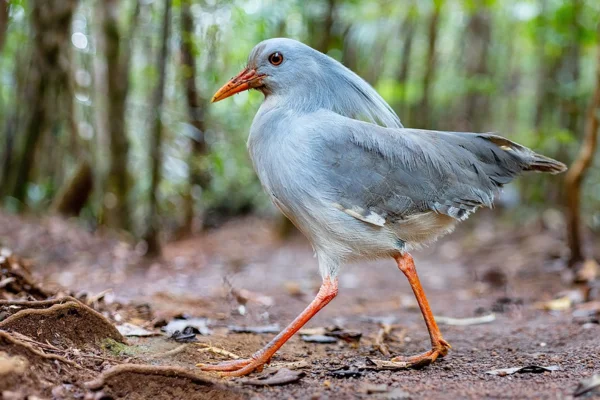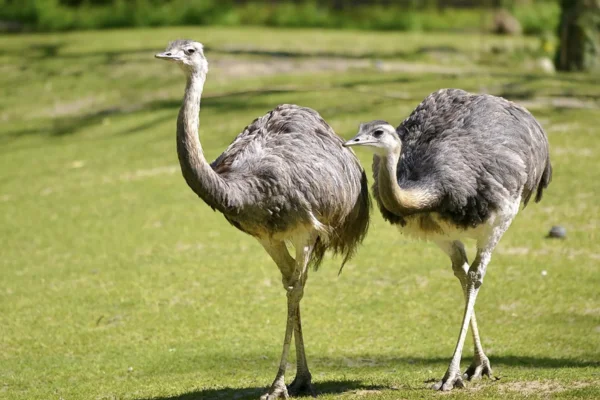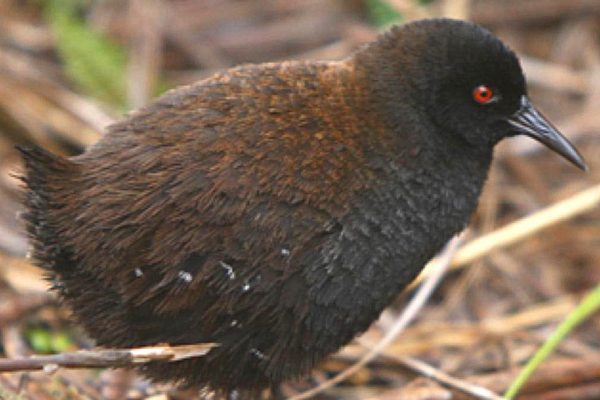The Fascinating Flightless Birds: Characteristics and Curiosities
Nature is full of mysteries and surprises, and flightless birds are among the most intriguing creations of the animal kingdom. These birds, which have evolved to live in different environments and develop unique abilities, challenge our expectations of what it means to be a bird. In this article, we'll explore the characteristics of these remarkable birds and present some fascinating examples.
Characteristics of flightless birds
Flightless birds, also known as ratites, have several distinct characteristics that differentiate them from flying birds. These adaptations are the result of millions of years of evolution, shaping their life forms to suit their specific environments.
Body Structure and Adaptability
One of the most striking features of flightless birds is their body structure. In general, they have robust bodies and strong legs, adapted for running, swimming or hiding. Their wings are generally smaller and less developed, as they are not necessary for flight.
Contents
Skeletal System
The skeletal system of these birds is also different. They have denser bones, which help them keep their balance while running or swimming. Unlike flying birds, which have hollow bones to reduce weight and facilitate flight, flightless birds don't need this feature.
Behavior and Diet
The behavior of these birds is equally fascinating. Many of them are experts at hiding from predators, using their plumage to camouflage themselves in the environment. The diet varies widely between species, with some being herbivorous, others carnivorous or omnivorous.
Examples of flightless birds
Now that we understand some of the common characteristics of flightless birds, let's explore ten examples of these incredible birds.
1. Ostrich
The ostrich is the largest living bird, known for its impressive speed and size. Originally from Africa, it can run at speeds of up to 70 km/h, making it the fastest bird on land. Its diet is varied, including plants, seeds and small invertebrates.
2. Kiwi
Native to New Zealand, the kiwi is a small, nocturnal bird with a long, flexible beak. It uses its sensitive beak to find insects and worms in the soil. The kiwi has feathers that look more like fur, helping it to camouflage itself in the dense forests where it lives.
3. Ema
The rhea is a large bird found in South America, mainly in Brazil and Argentina. Similar to the ostrich, it is an excellent runner. It lives in groups and feeds on a variety of foods, from fruit to small animals.
4. Penguin
Penguins are perhaps the best-known and best-loved non-flying birds. Living mainly in the polar regions, they are exceptional swimmers, adapted to living in extreme cold. Their diet consists mainly of fish and other marine animals.
5. Casuar
The cassowary is an impressive bird found in Australia and New Guinea. With a prehistoric appearance, it has a bony helmet on its head and is known for being territorial and aggressive. It feeds mainly on fruit, but also consumes insects and small vertebrates.7
6. Kakapo
The kakapo, also known as the owl parrot, is a nocturnal, terrestrial bird from New Zealand. Extremely rare and endangered, the kakapo is herbivorous and plays an important role in dispersing seeds in the forest.
7. Takahe
Another New Zealand bird, the takahe, was considered extinct until it was rediscovered in 1948. With its vibrant blue feathers and plant-based diet, this bird is an example of the success of conservation programs.
8. Kagu
The kagu is a bird endemic to New Caledonia, known for its light gray feathers and its ability to emit a peculiar call. It spends most of its time on the ground, where it feeds on invertebrates.
9. Rhea
The rhea is a large South American bird, similar to the rhea and the ostrich. It lives in groups and is adapted to running at high speeds. Its diet is varied, including plants and small animals.
10. Inaccessible Island Rail
The world's smallest non-flying bird, the Inaccessible Island Rail, lives on Inaccessible Island in the South Atlantic. Just 15-17 cm long, this tiny bird feeds on insects and plants found on the ground.
Evolution and Adaptation
The evolution of flightless birds is a testament to the incredible adaptability of life. These birds lost their ability to fly due to various evolutionary pressures, such as the absence of predators, the need to find food on the ground and adaptation to specific environments.
Missed Flight
The loss of flight can be seen as an advantageous adaptation in certain contexts. For example, on isolated islands, where there are few predators, the ability to fly can become less important. In these conditions, birds can evolve to become larger and more robust, with behaviors and diets that don't depend on flight.
Diversity of Niches
Flightless birds occupy a diversity of ecological niches. From the icy Antarctic waters where penguins swim skillfully, to the dense forests of New Zealand where kiwis hide, these birds show a wide range of behavioral and physical adaptations.
Importance for Biodiversity
The conservation of flightless birds is crucial to maintaining global biodiversity. Many of these species are threatened with extinction due to habitat loss, hunting and the introduction of predators. Conservation efforts, such as the creation of reserves and breeding programs, are essential to ensure the survival of these unique birds.
Conservation Programs
Successful conservation programs, such as those for the takahe and kakapo in New Zealand, demonstrate that it is possible to reverse the decline in populations of flightless birds. These programs involve intensive monitoring, habitat protection and control of introduced predators.
Education and Awareness
Educating the public about the importance of these birds and the challenges they face is vital to promoting conservation. Initiatives that raise awareness can help generate support for conservation measures and encourage behaviors that protect these animals and their habitats.
Conclusion
Flightless birds are a testament to the diversity and adaptability of life on Earth. Each of these species has unique characteristics that allow them to thrive in their specific environments. By understanding and appreciating these birds, we can recognize the importance of conserving biodiversity and ensuring that these wonders of nature continue to exist for future generations. The conservation of these birds is not only about preserving individual species, but also about maintaining the complex and interconnected ecosystems on which we all depend.

